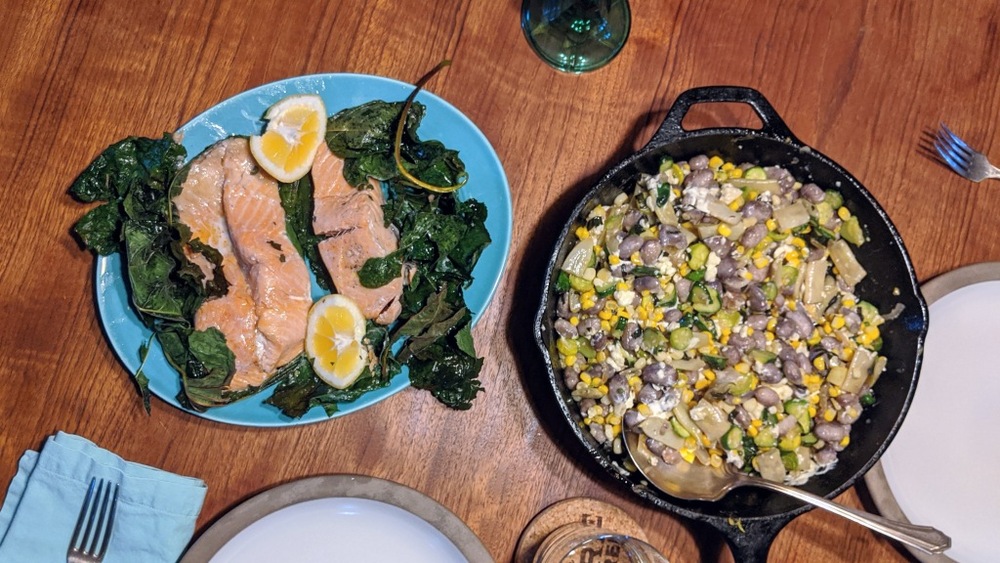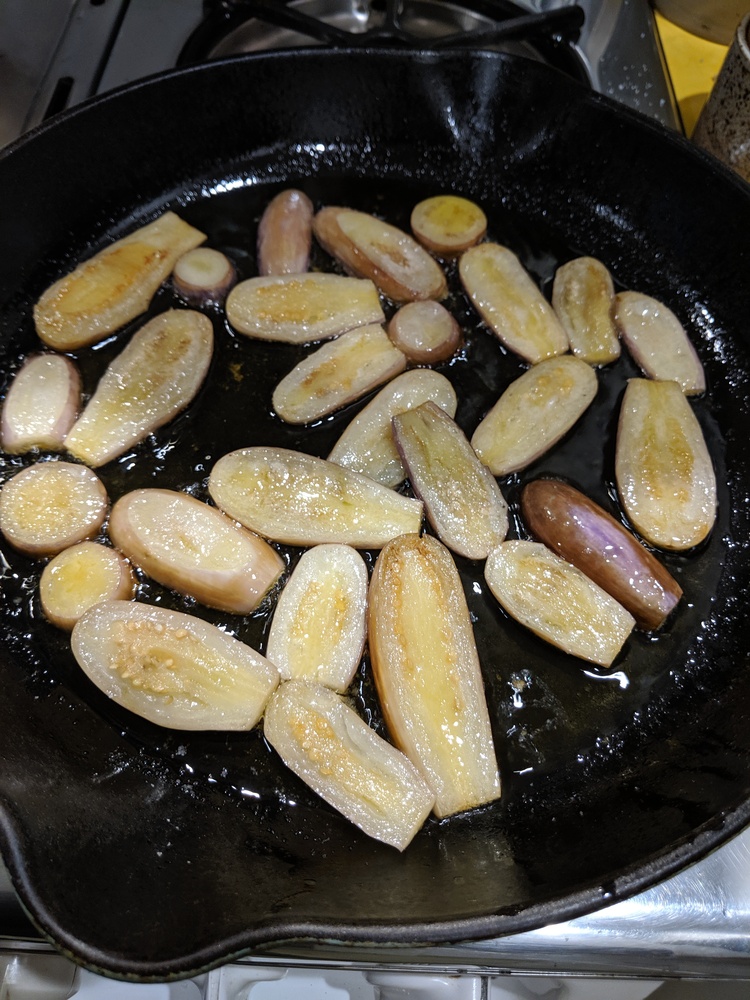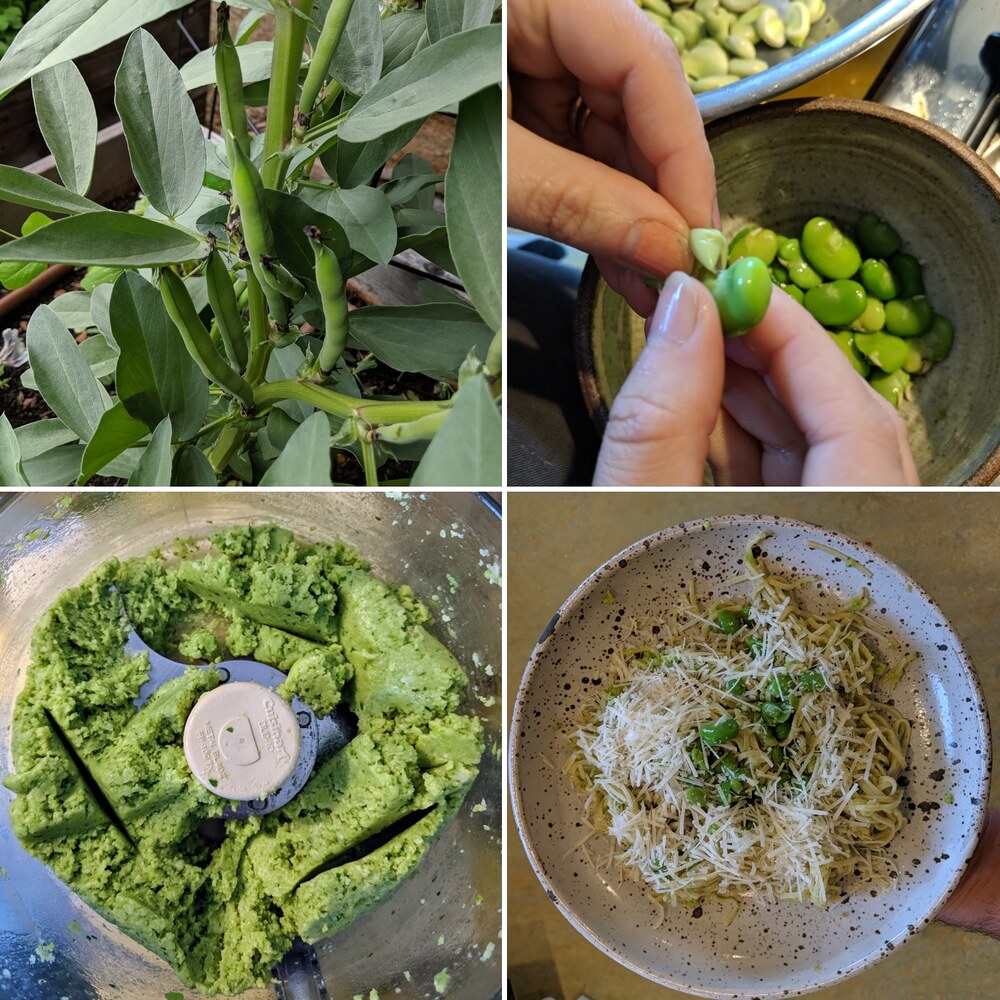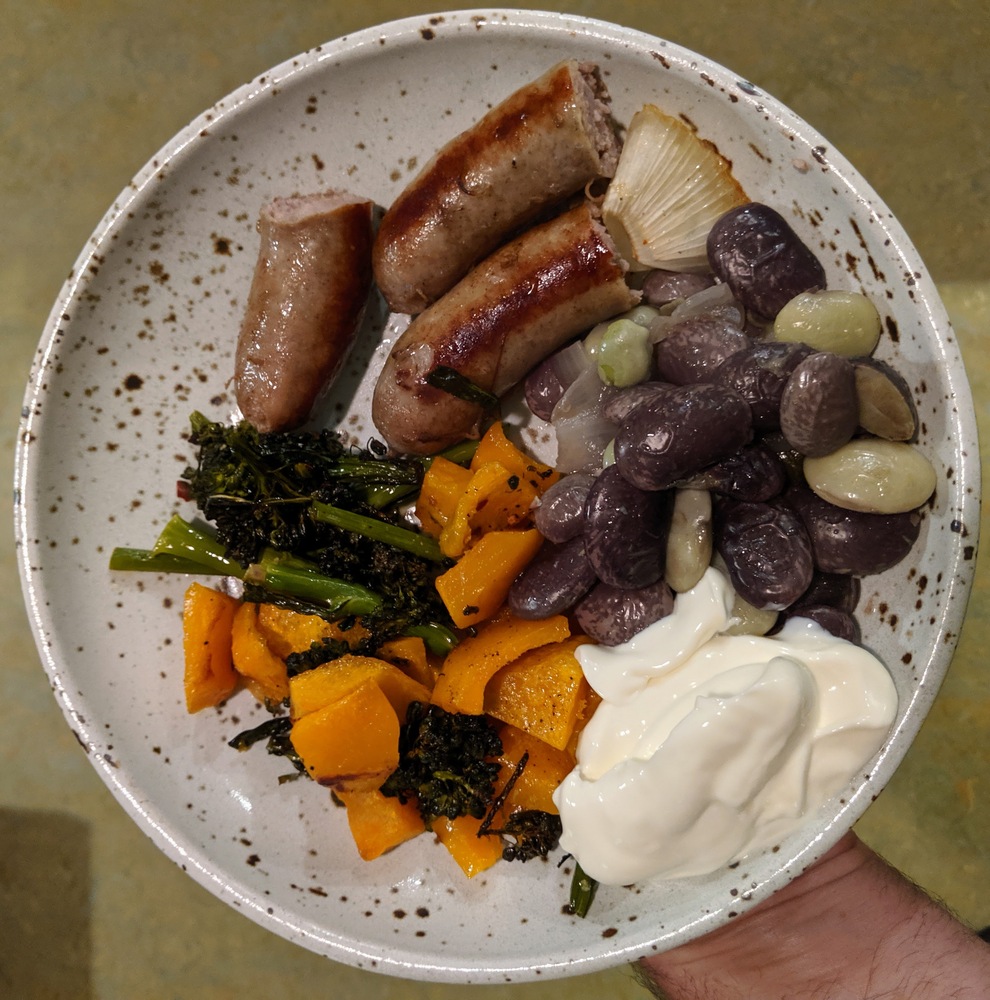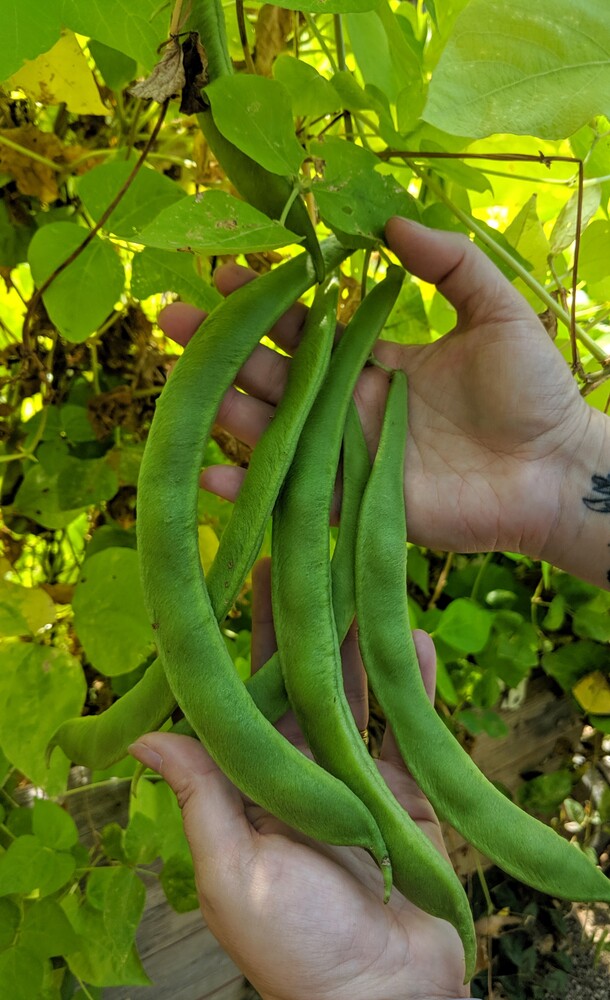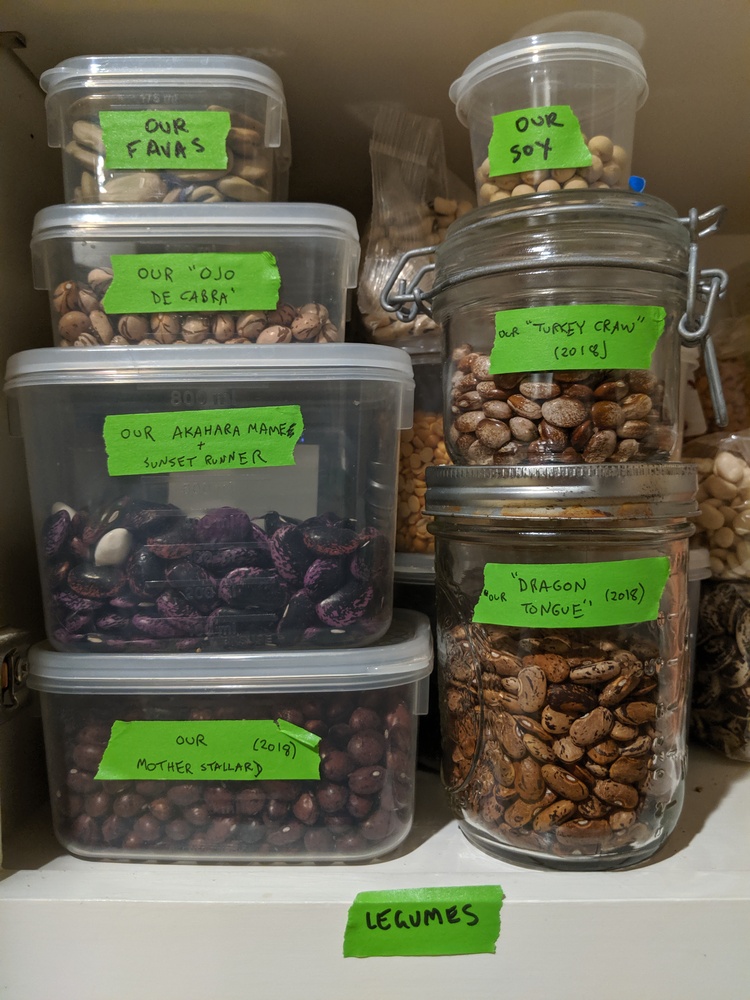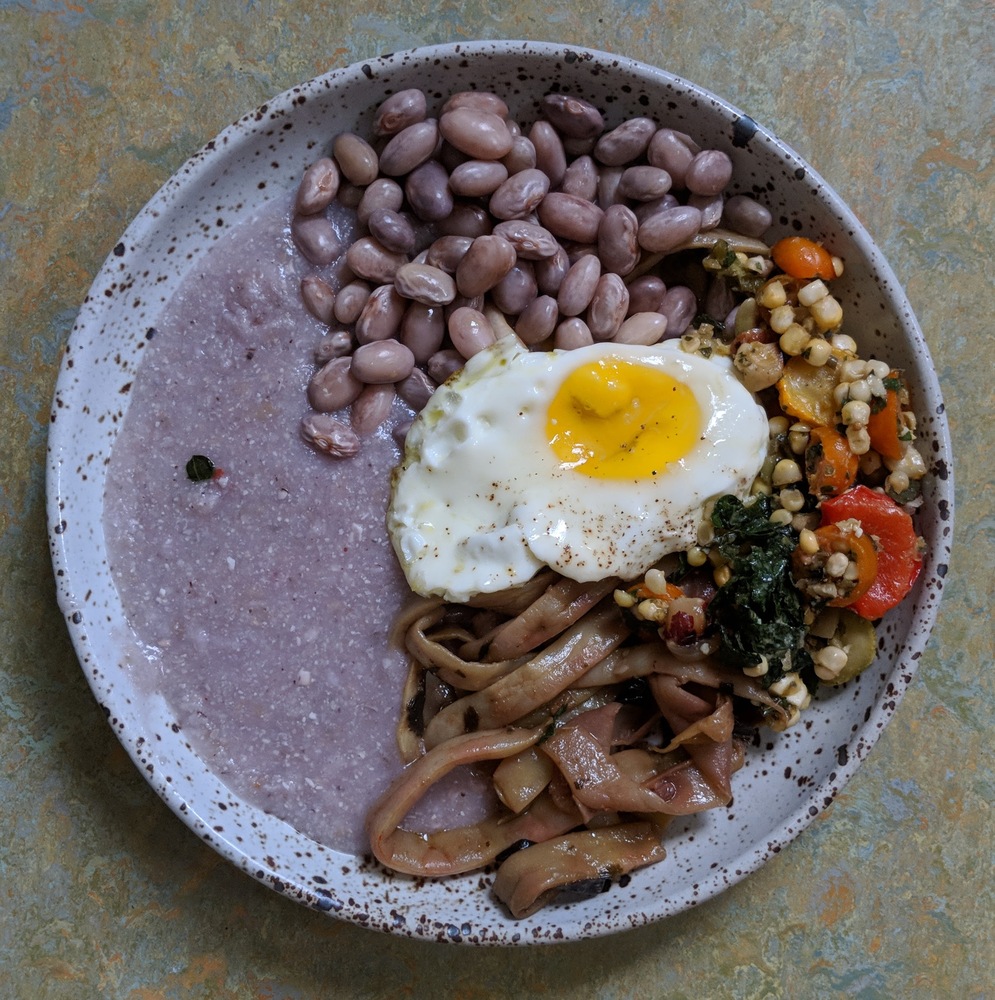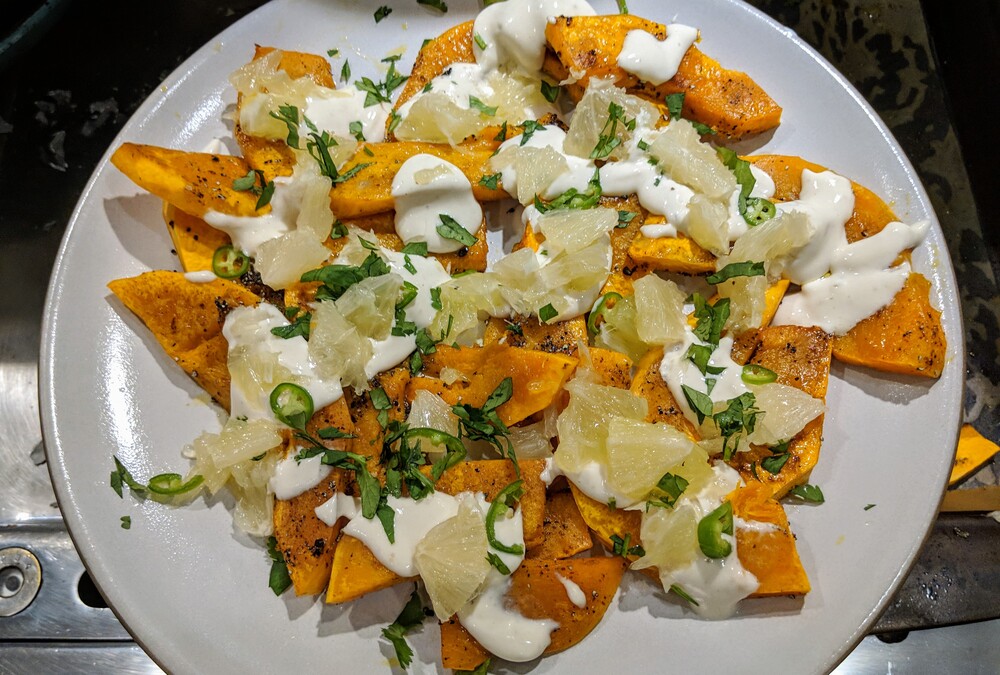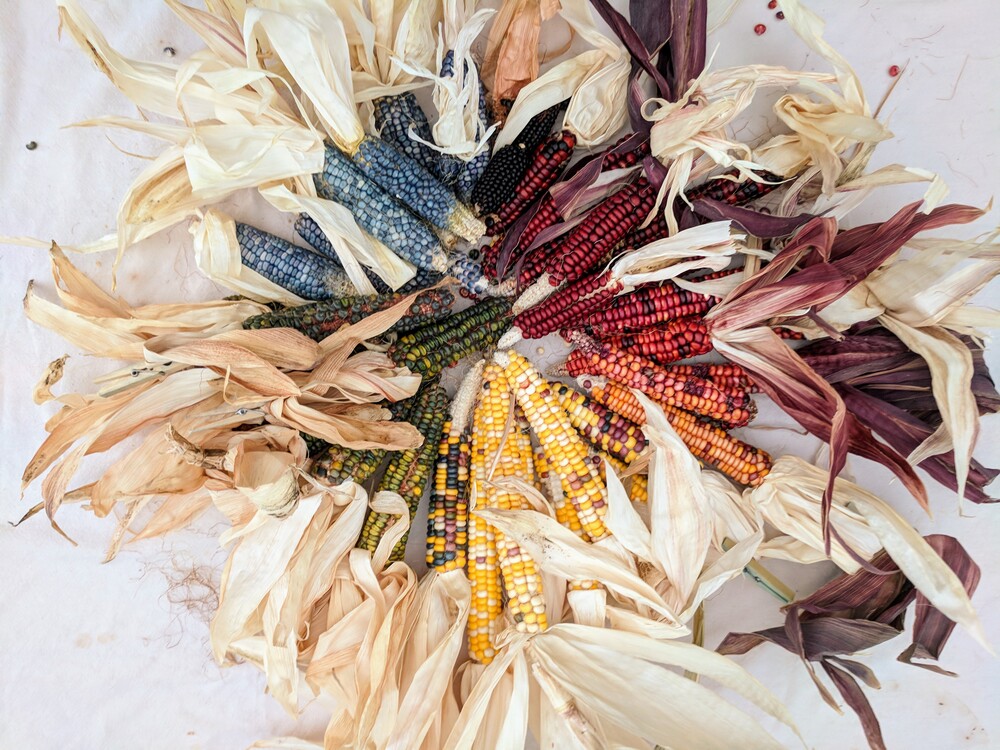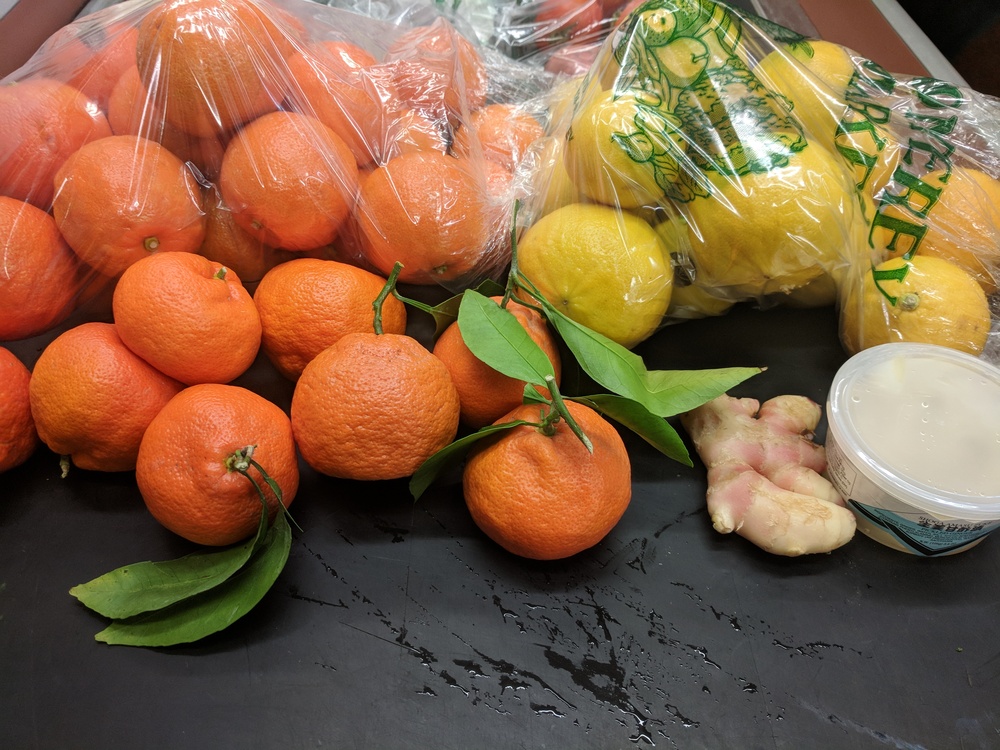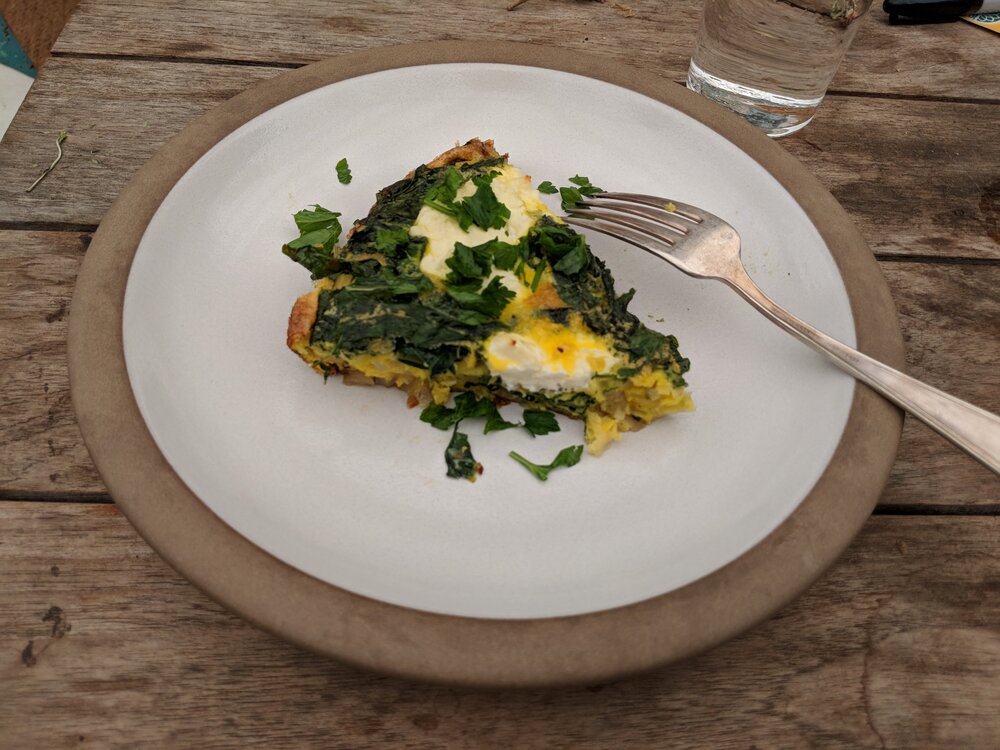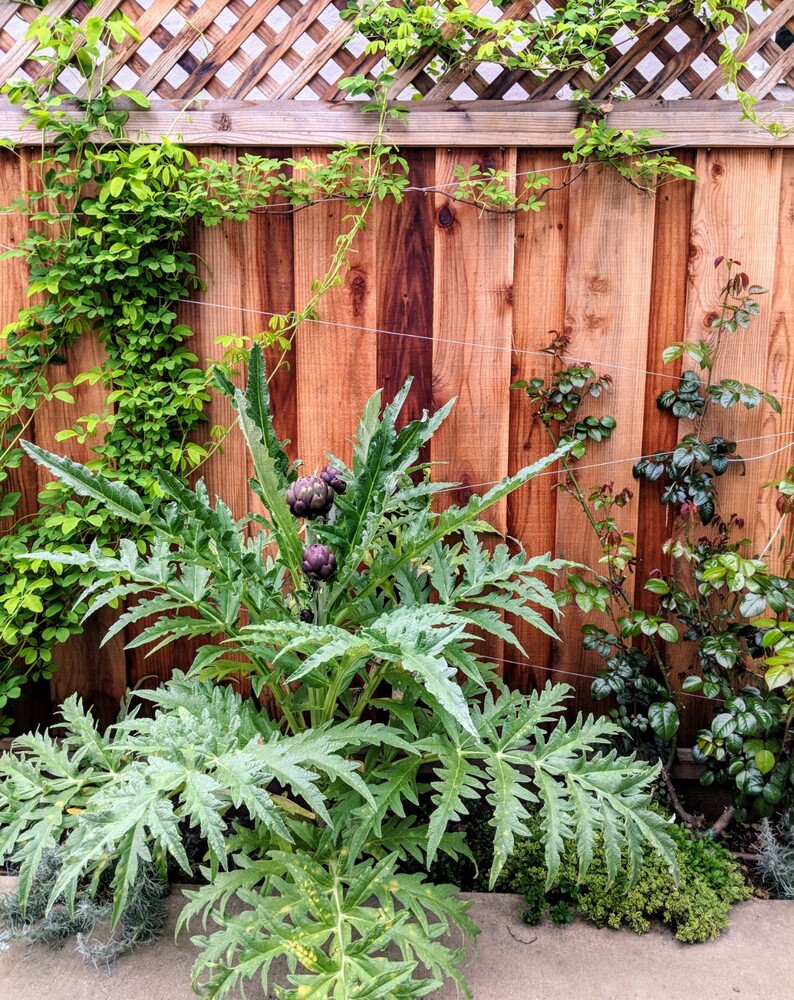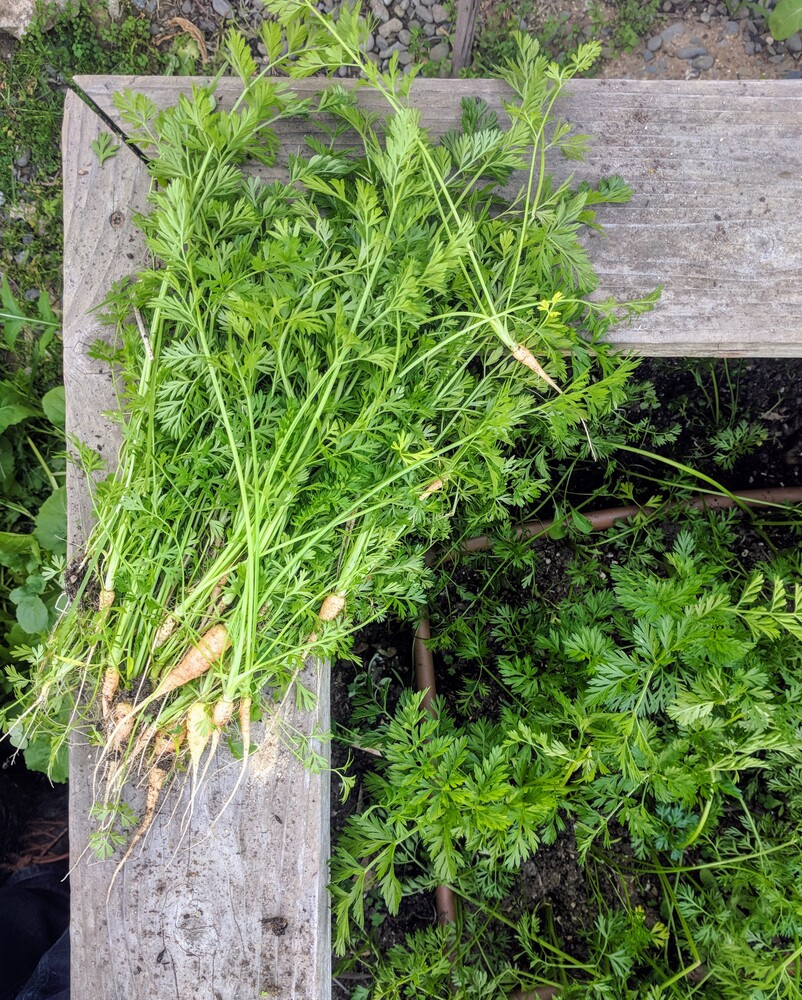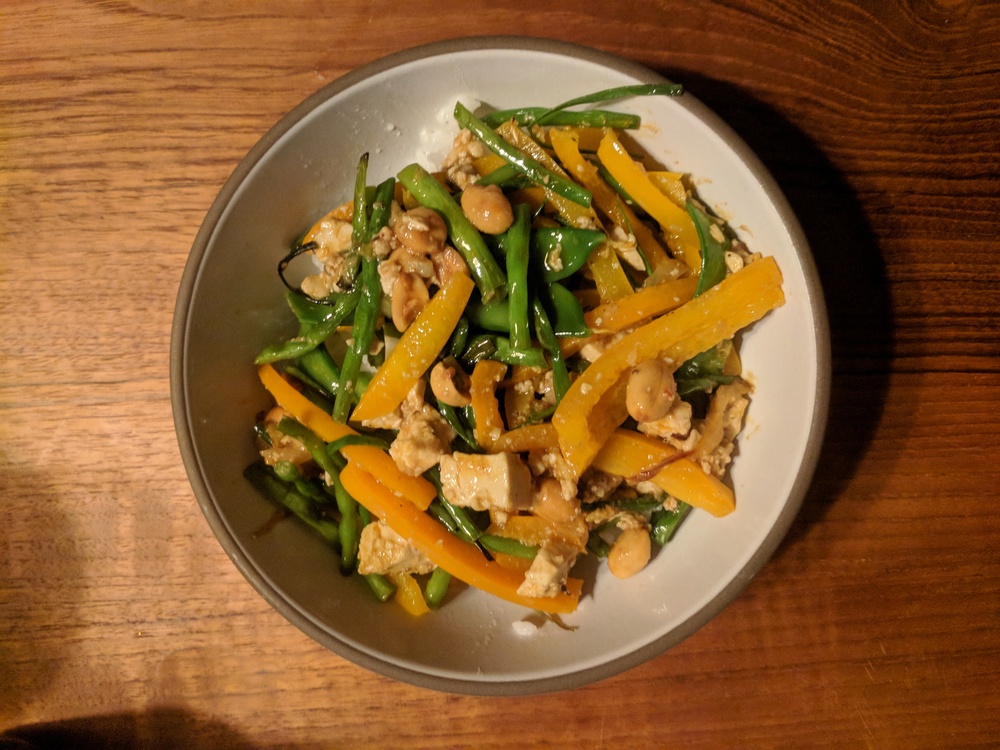Preserving Favas
Many years I plant fava beans in the backyard garden as cover crops. For best agricultural-amendment use I cut them down at the flowering stage, when they’ve fixed the most nitrogen into the soil, and chop them up as additional ‘green manure’ / mulch. But for eating I let the pods and seeds develop to harvest. I jotted down details in a notebook in the past, but I’ll keep some quick notes here from some experiments freezing a large 2025 crop. ...
